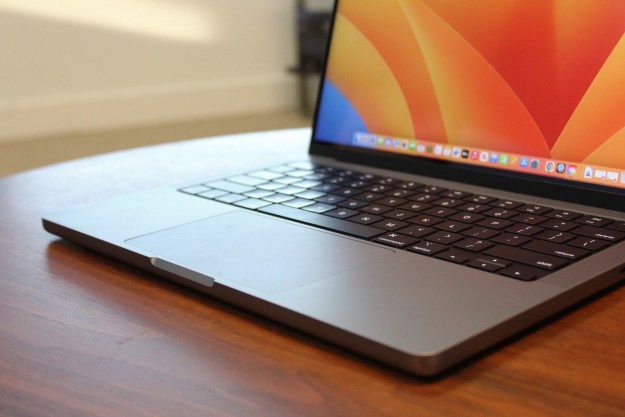
The latest version of Apple‘s Mac OS X operating system—Mac OS X 10.5 Leopard—officially hits store shelves today at 6 P.M. local time, although the Apple faithful who pre-ordered their copies of the operating system began receiving Leopard yesterday.
Apple touts Leopard as sporting more than 300 new features, although, to be sure, many of them represent incremental improvements rather than revolutionary advances. Among the most visible of Leopard’s new features are an all-new Finder with an iTunes-like interfaces, and a new "Cover Flow" view of files which emulates iTunes’ way of flipping through album covers: probably not very useful if you deal with text files every day, but folks who deal with images, music, and video on their Macs are expressing appreciation for it. The Finder also offers a new Quick Look feature that can display the contents of many common file types—including Microsoft Office documents, movies, presentations, PDFs, and more—without launching a full-blown application to handle the file. Leopard also includes a backup feature dubbed "Time Machine" which enables users to "look back in time" to restore an older version of a file, or even rewind their entire machine to a previous state, and "Spaces," a virtual desktop feature that enables users to group related applications in their own areas, eliminating window clutter. Leopard also features new versions of mainstay Mac OS X applications like Safari, Mail, iChat (now with screen sharing!) and expanded parental controls which can be applied on an account-by-account basis, and (of course) comes with Boot Camp, enabling Intel-based Macintoshes to start up using Microsoft Windows. (Yes, users must acquire Windows separately. Leopard is not a cheap way to get a Vista license!)
Of course, not every change in Leopard is winning applause. A new translucent look to the menu bar, new icon sets, and a reflective Dock are garnering mixed responses, many Widgets included in Apple’s Dashboard utility might look cool but lack utility. Leopard also drops support for Classic, an environment which in previous versions of Mac OS X let users of PowerPC-based Macs run many applications originally written for Mac OS 9 and earlier: folks who depend on Classic applications must either shell out for Mac OS X replacements (which—honest—may not exist) or stick with earlier versions of Mac OS X. Of course, users of Intel-based Macs have never been able to run Classic.
Leopard is priced at $129 for a single user license, or $199 for a five-user "Family Pack." Server versions of Mac OS X 10.5 Leopard cost $499 for a 10-client edition or $999 for an unlimited-client edition. Owners of a 10-client license can upgrade to unlimited clients for $499.
Editors' Recommendations
- How to customize mouse gestures on Mac
- How to find a Wi-Fi password on Mac
- Does your Mac need antivirus software in 2024? We asked the experts
- Don’t download the latest macOS Ventura update just yet
- The 5 best MacBooks for video editing in 2024


